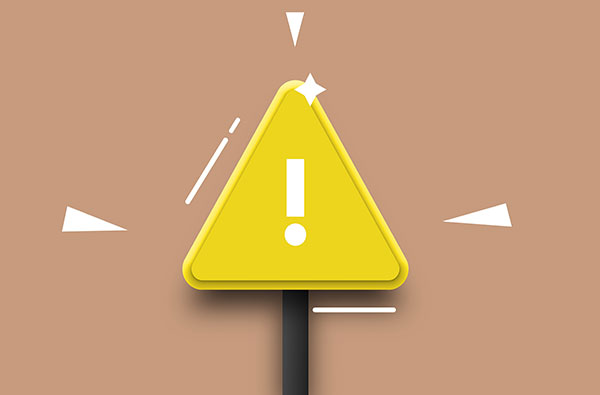Industrial Hygiene and Safety Regulations: Importance and Implementation
The industrial hygiene and safety regulations are a set of standards and guidelines designed to ensure a safe and healthy work environment. In this article, we will explore the importance of these regulations, their key components, and how companies can ensure compliance.

What are Industrial Hygiene and Safety Regulations?
Industrial hygiene and safety regulations establish the minimum requirements that companies must meet to protect their employees from occupational hazards. These regulations cover a wide range of aspects, from risk identification and assessment to the implementation of preventive measures and employee training.
Importance of Industrial Hygiene and Safety Regulations
- Protecting Workers’ Health: Ensures a safe work environment, reducing the risk of accidents and occupational diseases.
- Regulatory Compliance: Ensures that companies comply with local and international laws and regulations, avoiding legal and financial penalties.
- Productivity Improvement: A safe and healthy work environment boosts employee morale and productivity, reducing absenteeism and staff turnover.
- Cost Reduction: Implementing hygiene and safety measures can reduce costs associated with workplace accidents, such as compensation, medical treatments, and lost productivity.
Key Components of Industrial Hygiene and Safety Regulations
1. Risk Identification and Assessment
- Conduct regular assessments to identify potential hazards and risks in the workplace.
2. Implementation of Preventive Measures
- Adopt preventive measures, such as installing safety equipment, proper signage, and emergency procedures.
3. Training and Education
- Offer continuous training programs for employees on safety practices and the proper use of personal protective equipment (PPE).
4. Promoting a Safety Culture
- Foster a culture of safety within the company, where all employees feel responsible for maintaining a safe work environment.
5. Monitoring and Continuous Improvement
- Regularly monitor safety practices and continuously improve based on feedback and risk assessment results.
Steps to Ensure Compliance with Regulations
- Initial Assessment
- Conduct a thorough evaluation of the risks present in the workplace.
- Development of Policies and Procedures
- Create clear policies and procedures that address all aspects of industrial hygiene and safety.
- Training and Education
- Ensure all employees receive the necessary training to comply with safety policies.
- Monitoring and Evaluation
- Monitor compliance with safety policies and regularly evaluate their effectiveness.
- Adjustments and Improvements
- Continuously make adjustments and improvements to ensure safety practices remain current and effective.
Case Study: Sabentis
Sabentis is a leading platform in industrial hygiene and safety management. It offers advanced tools for risk identification and assessment, as well as interactive training modules to educate employees about industrial hygiene and safety. With Sabentis, companies can significantly improve their safety practices and create a safer, more productive work environment.
Industrial hygiene and safety regulations are essential for protecting workers’ health and well-being and ensuring regulatory compliance. Implementing effective hygiene and safety strategies not only reduces the risk of accidents and diseases but also enhances productivity and reduces costs associated with workplace accidents. Collaborating with platforms like Sabentis can enhance these efforts and contribute to creating a safer and healthier work environment.



